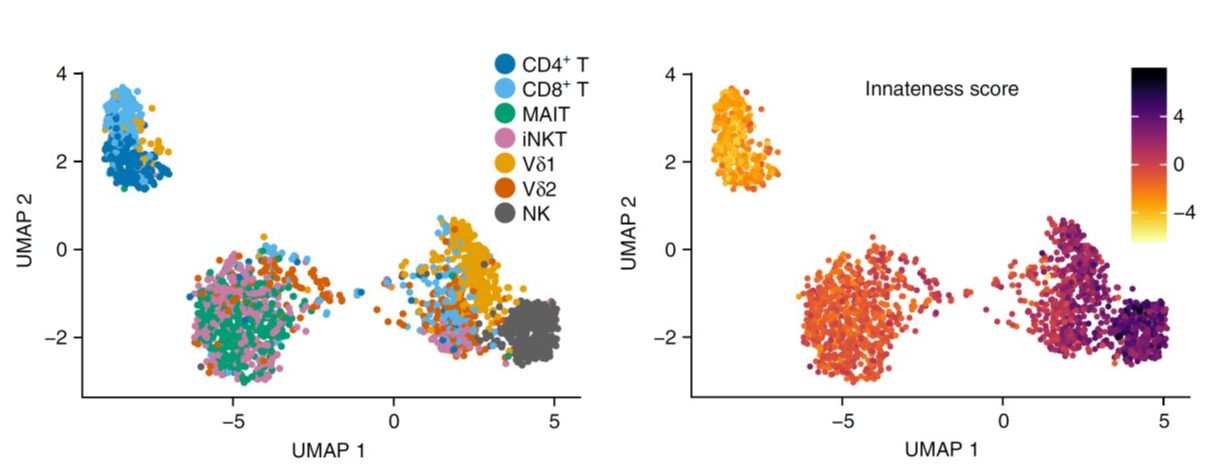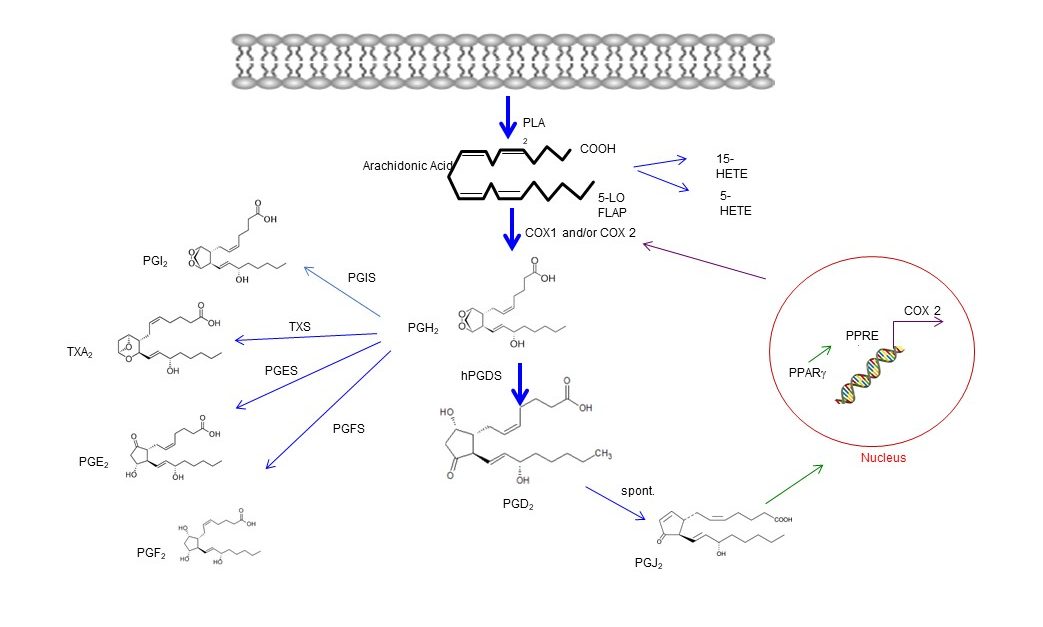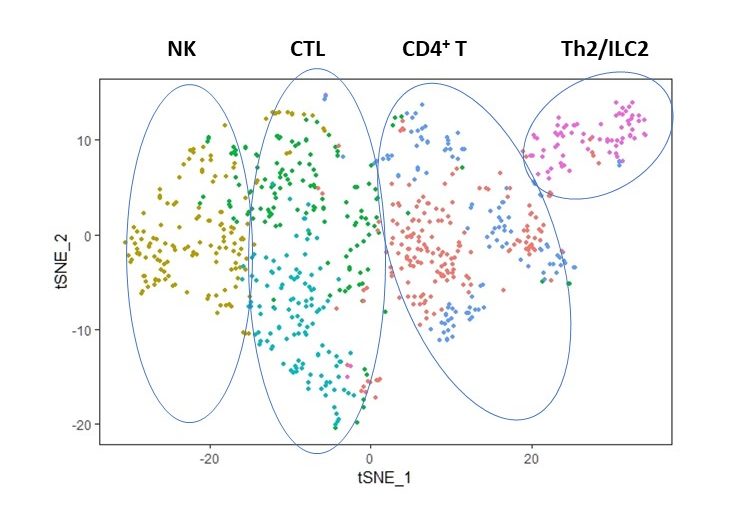The research projects in the lab focus on two major areas:
- Innate T Cell Biology
- Th2 T Cell Effector Cell Mechanisms
We have taken the approach of starting human disease, looking in an unbiased way at the drivers of disease, and drilling-down on novel pathways that are likely to influence disease. The end goal of these approaches is to identify new therapeutic targets for allergic and inflammatory diseases.

It is now clear that 10-20% of human T cells are conserved between individuals and often recognize antigenic targets other than peptides. Examples of these ‘innate T cells’ are iNKT cells, MAIT cells, and γδ T cells. Innate T cells exist at baseline in a ‘poised’ state and rapidly produce cytokines, and by doing so can greatly influence ensuing immune responses. We have taken a transcriptomic approach to understand these cells in mice and humans and we are not dissecting the pathways involved in maintaining their ‘poised’ state.
Innate T cells recognize conserved antigen targets. iNKT cells, the best studied innate T cell population, recognize specific lipids as antigens. The lipids they recognize remain unclear in many situations. We are using traditional chemistry and mass spectrometry approaches to identify the relevant lipid antigens recognized by iNKT cells in humans, focused on foods and microbes in the gut. With these studies, we hope to uncover new therapeutic targets for the treatment of food allergy and inflammatory bowel diseases.

Th2 T cells are central to allergic pathology. New biologic treatments targeting Th2 cytokines have shown great promise in clinic. However, many of our clinical targets focus on terminal effectors. We are using transcriptomic data from humans with allergic disease to identify novel upstream targets that we believe may be able to fundamentally modify disease.

Lipid mediators downstream of membrane arachidonic acid play important roles in inflammation, including allergic inflammation. Unexpectedly, T cells from allergic patients produce large quantities of a class of lipid mediators called prostaglandins. We believe these lipid mediators are critical in maintaining the allergic phenotype of Th2 T cells.
Single-cell RNA-seq is a powerful method that can provide gene expression information on thousands of individual cells. We have applied this approach to allergic disease, uncovering novel pathways that contribute to allergic disease in the airways. Starting from our allergic patients, we are defining molecular mechanisms that may lead to new therapies.
